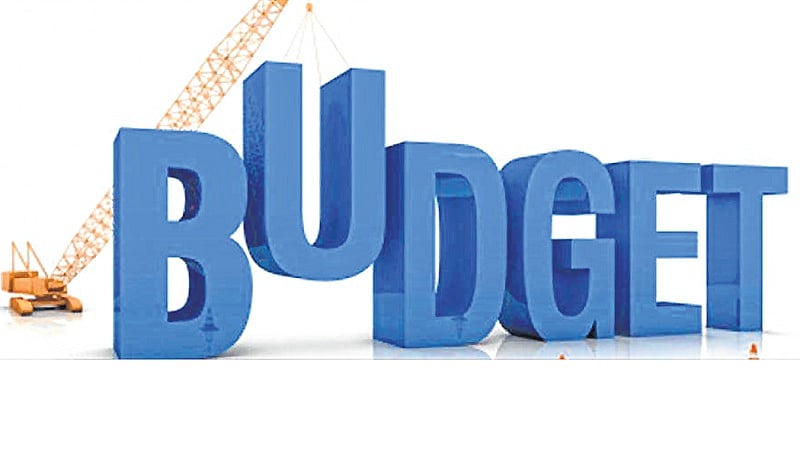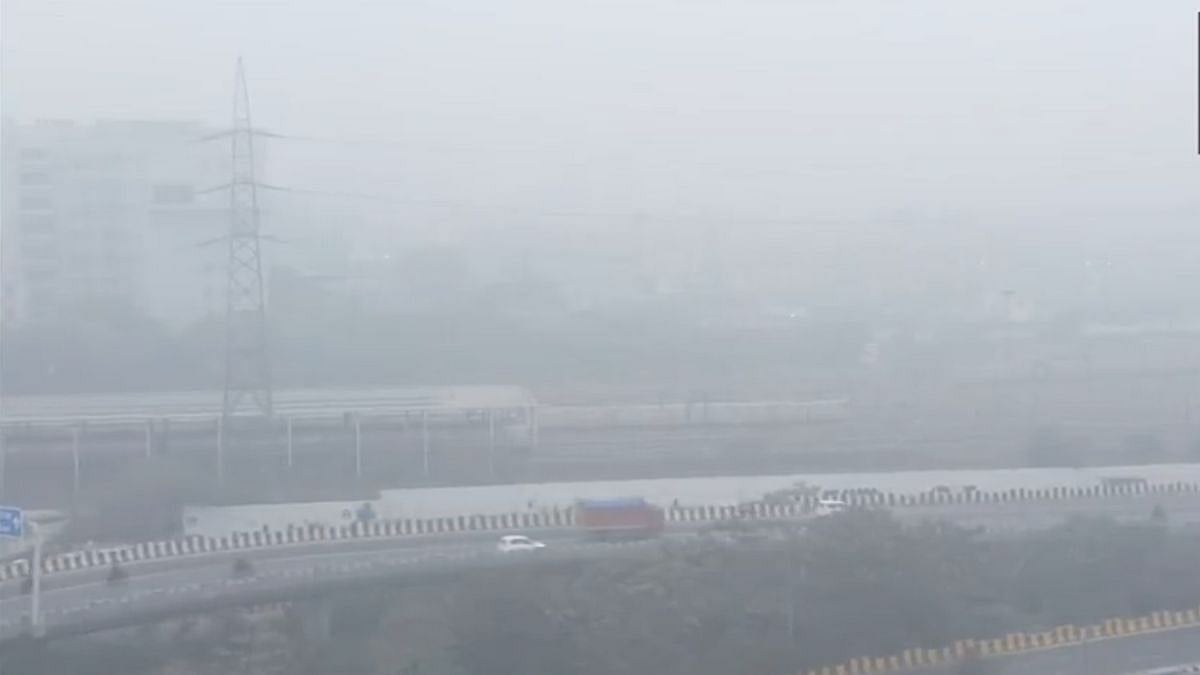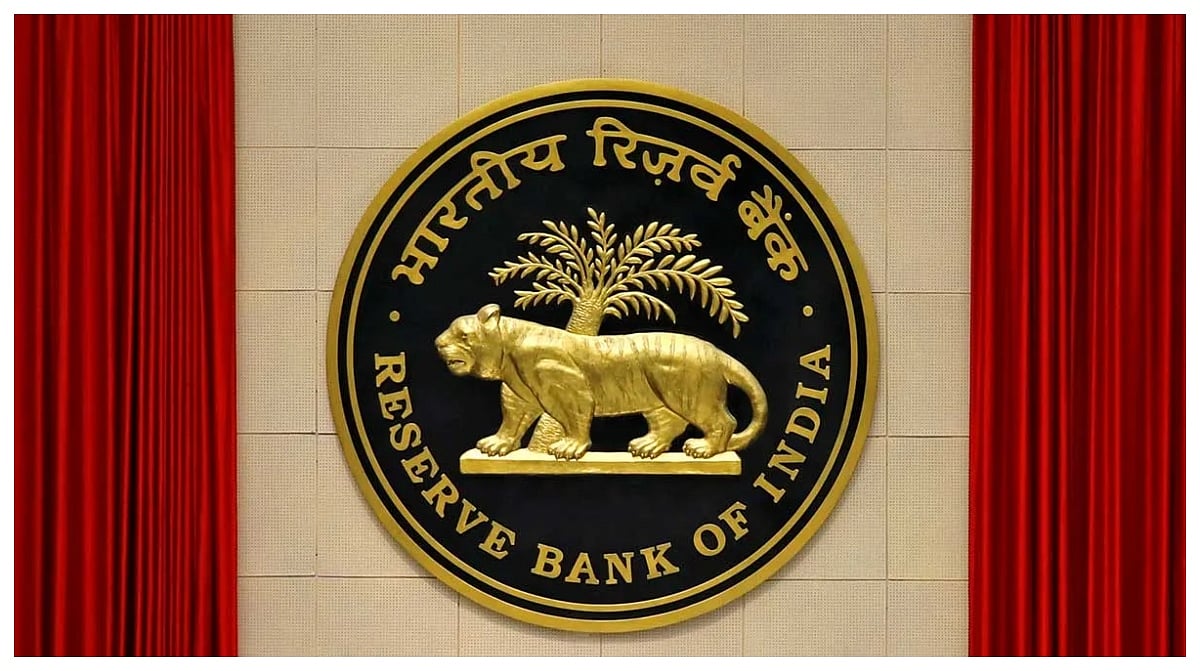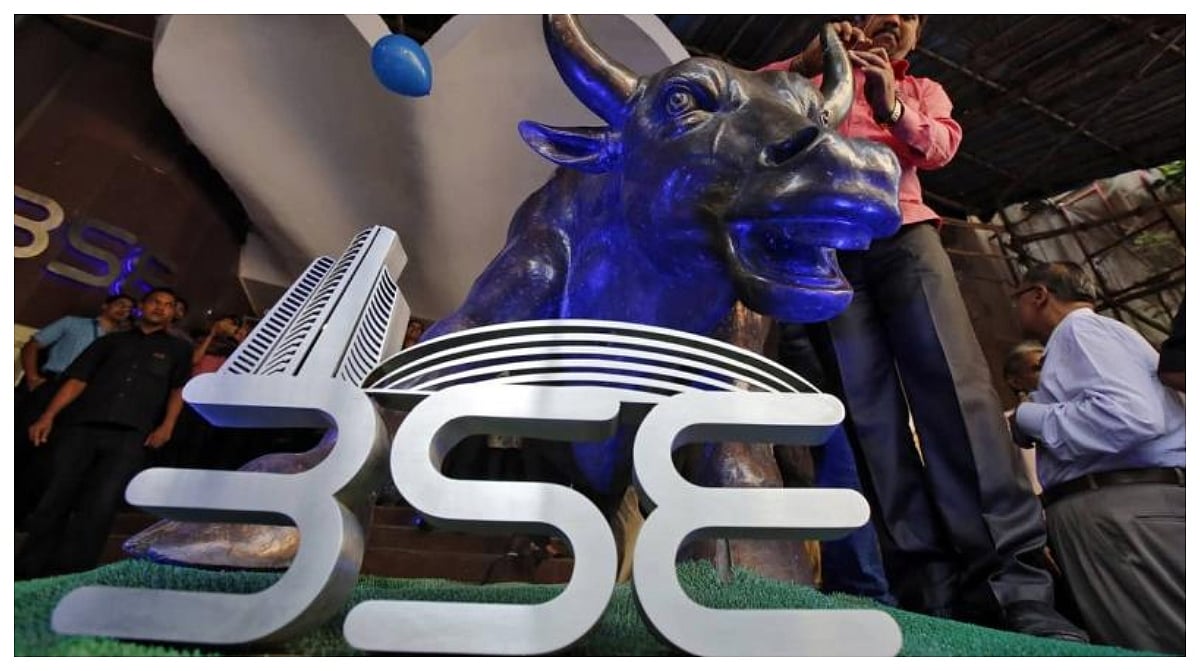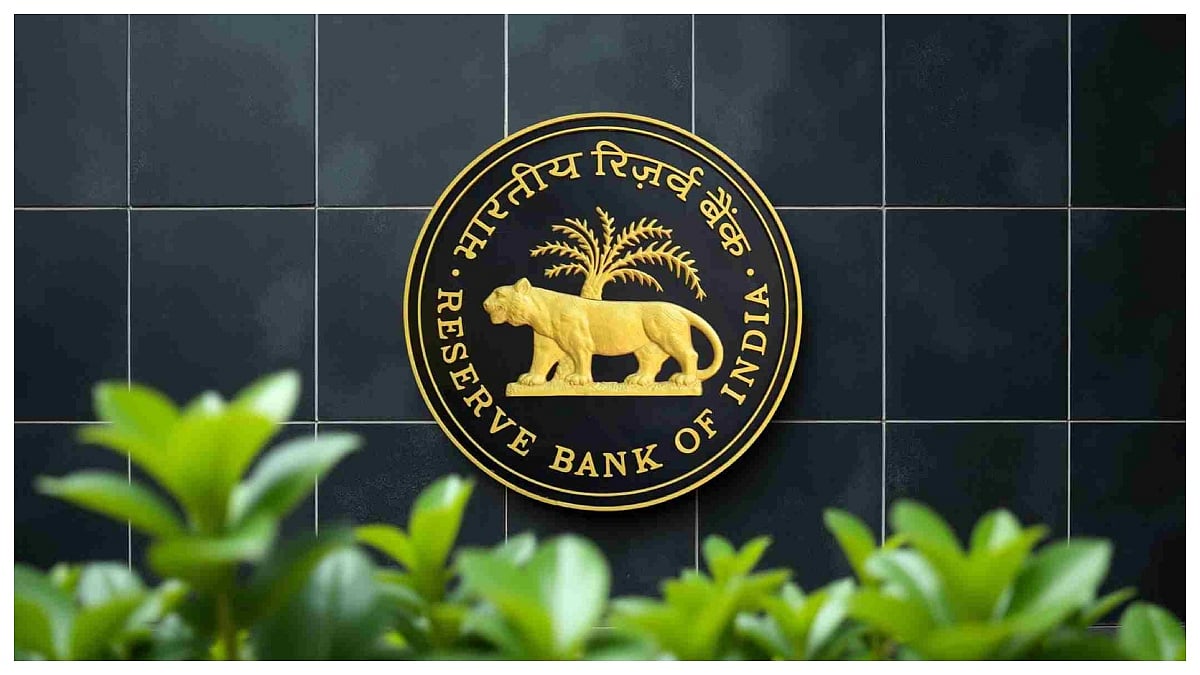Last time we covered the amendments to Long-Term Capital Gains proposed by the recent Interim Budget. Today we shall deal with the amendments to Sec. 87A which offers rebate on tax payable.
The amendment — individual taxpayers having taxable annual income up to Rs 5 lakh will get full tax rebate and therefore will not be required to pay any income tax. At the outset let us examine the difference between the tax rebate and the tax zone.
Tax rebate At present, Sec. 87A offers a rebate equal to the amount of income tax payable with a cap of Rs 5,000. This is available only to resident individuals (not HUFs, AOPs, etc.). For clarity, take the instance of an assessee having total income of Rs3,50,000. His tax liability is Rs 5,000 (5 per cent of excess over Rs 2.5 lakh).
He gets a rebate of Rs 5,000 resulting in no tax. On the other hand, if his total income is Rs 4,00,000, his tax liability would be Rs7,500. He gets a rebate of Rs 5,000 and has to pay tax of Rs 2,500. The tax threshold for those having total income (after claiming all exemptions and deductions) under Rs 5 lakh has now become Rs 3.50 lakh.
After that level of income, the tax liability remains unchanged. The Budget proposes to replace Rs 3,50,000 with Rs 5,00,000 and Rs 2,500 with Rs 12,500. Consequently, individuals having taxable annual income up to Rs 5 lakh will get full tax rebate and therefore will not be required to pay any income tax.
In other words, the minimum tax threshold has become Rs 5 lakh and the minimum tax slab has become 20 per cent. Yes, individuals having income up to Rs 5,00,000 have come out of the tax net. The same position could have been obtained by raising the tax zone to Rs 5 lakh. Now, the difference
Tax zone The rebate is applicable to individual residents whose total income does not exceed Rs 3,50,000 (proposed to be hiked to Rs 5,00,000). The zone is applicable to all the assesses. For clarity, take the instance of an assessee having total income of Rs 5,00,100. The minimum zone of Rs 5,00,000 would require him to pay tax on Rs 100 at the rate of 20 per cent.
However, since the zone is untouched and is retained at Rs 2,50,000, he has to pay tax at the rate of 5 per cent on income between Rs 2,50,000 and Rs 5,00,000. This turns out to be Rs 12,500 and also on Rs 100 at the rate of 20 per cent. The total liability works out at Rs 12,520. In other words, raising the zone is applicable to one and all whereas the rebate can be claimed by only those with income up to Rs 5,00,000.
Error
The rebate leads to no tax whatsoever if the income is Rs 5,00,000. If the income unfortunately happens to be Rs 5,00,100, the tax payable works out at Rs 12,520 — much higher than the extra income of Rs 100.
Similar problem has been beautifully handled in the case of Surcharge on Rich and Superrich where if the total income of every individual, HUF, AOP, BOI, whether incorporated or not, or every artificial juridical person exceeds Rs 1 crore, a surcharge is slapped at the rate of 15 per cent on the tax payable with a marginal relief ensuring that the total income over the threshold of Rs 1 crore will not exceed the tax payable.
For clarity, take taxable amount of a non-senior individual having income of Rs 10,300,000. The income tax thereon, without surcharge is Rs 29,02,500. Surcharge thereon at the rate of 15 per cent works out at Rs 4,35,375. Consequently, the surcharge payable on the extra of Rs 3,00,000 happens to be Rs 4,35,375.
This is injustice. Therefore, the revenue concedes a marginal relief and the extra tax payable is Rs 3 lakh only. The break-even point where the excess income equals the extra liability works out at Rs 4,41,754.
Finance Act 2017 has roped in such assesses having income exceeding Rs 50 lakh but not exceeding Rs 1 crore, by levying on them a surcharge at the rate of 10 per cent with associated marginal relief. The break-even for such persons works out at Rs 1,35,310.
Obviously, the same theme should have been extended to this new amendment. We sincerely hope that it will be incorporated before the Bill becomes an Act. Otherwise, we will have to wait for the next Budget giving us a chance to point out that an amendment is required on amendment to amend.
The authors may be contacted at wonderlandconsultants@yahoo.com
